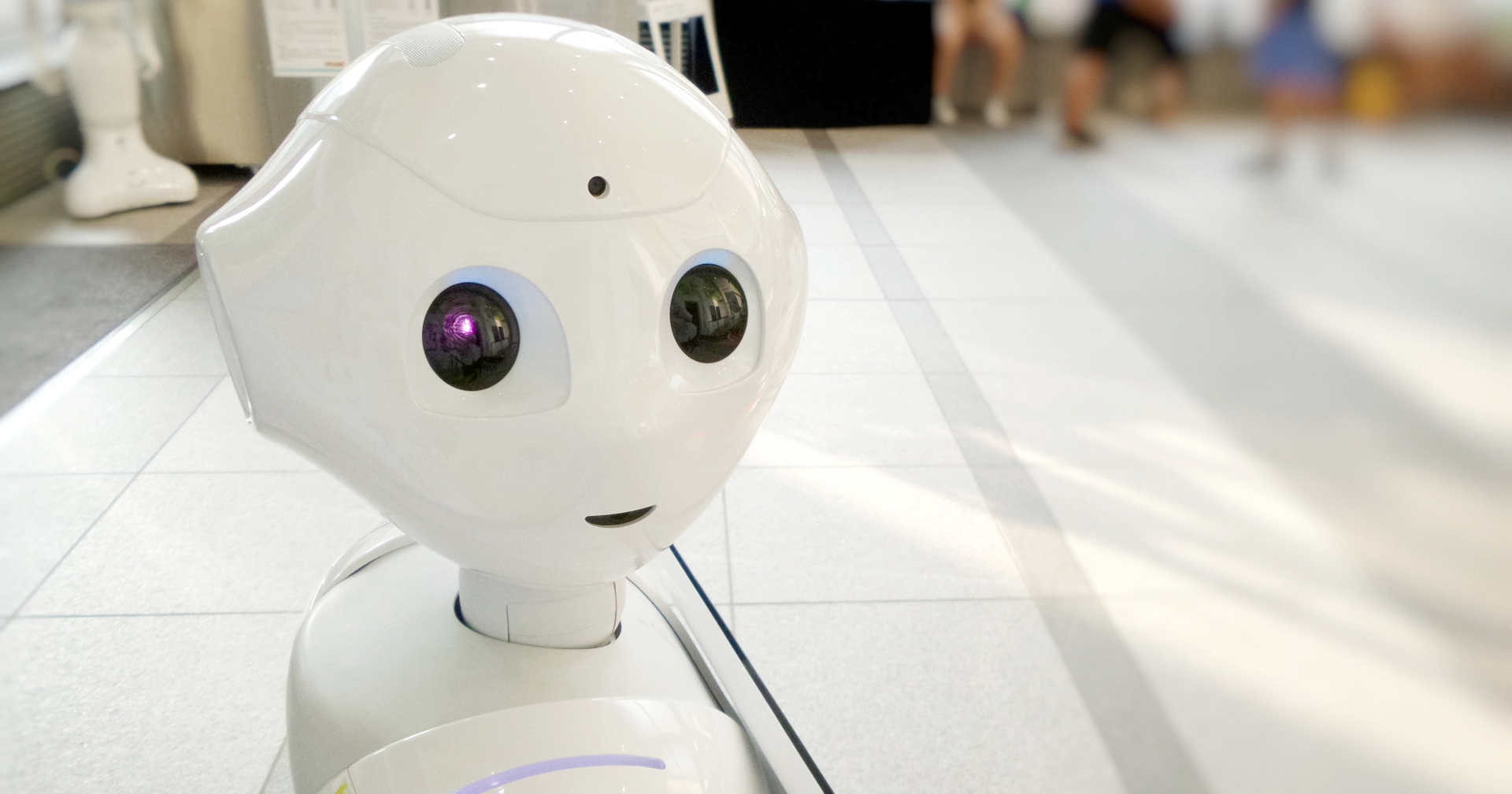Imagine a web of networks invisible to its users. A global, interconnected network fabric that is constantly connected—seamless, transparent and without any difference in user experience. Downtime would be a thing of the past. Artificial intelligence (AI) could make this reality possible for the future of networking. But getting there will require work.
“AI is a new tool that allows us transformations that before would have taken forever. And how we apply that tool in the future is up to us.”
PERE MONCLUS, VMWARE CTO, NETWORKING AND SECURITY
David Cheriton, founder and chief scientist at Apstra, points out that networking has largely been behind the curve when it comes to AI. “We still program networks as we did in the ‘60s,” Cheriton says. “As much as 85 percent of contemporary enterprise networks are still heavily dependent on manual processes.”
Innovation in enterprise networking was “historically driven by hardware. It was all about bits and feeds,” says Rajiv Ramaswami, the Chief Operating Officer for products and cloud computing at VMware. That is beginning to change, however. “Now, it’s all about software applications that can run anywhere, from an on-premises data center to multiple public clouds.”
Network automation is central to this transformation. And AI is the key technology needed to help power its potential.
AI and Today’s Enterprise Network Landscape
“Networking today is no longer about connecting machines with cables,” says Pere Monclus, vice president and chief technology officer of networking and security at VMware. “We live in a moment where networking is about connecting any device and any applications across any cloud.” As a consequence, Monclus says, “networking today is all about this matrix of connectivity between users, applications, and data.”
Defining networking technology this way radically changes the terms of engagement. “Networking now refers to how networks behave,” Monclus continues, and not how their physical components are configured.
That’s a big difference. It opens up the idea of intent-based networking, in which a network is configured by how an organization wants it to behave: supporting, detecting and defending the applications running across it.
This expanded definition also flips the network’s relationship to applications. Now, as Ramaswami pointed out, it’s all about the app. “Networking is shifting,” Monclus says, “toward providing a set of capabilities and services to the application.” That’s where AI enters the picture within the potential future of networking.
AI capabilities now embedded within networking—namely automation and machine learning—increase speed and improve every aspect of the application lifecycle, from automatic provisioning and deployment to security and connectivity across private and public clouds.
As AI enters the mainstream of networking processes, the future of networking transitions the entire industry from components to capabilities.
The Future of Networking and Enterprise AI
AI today is a set of software and machine-learning tools programmed to recognize patterns and behaviors. These tools allow the network to automatically generate actions to solve, remediate or accelerate solutions. But, as Monclus points out:
“The real value of AI is not as tools by themselves, but the capabilities these tools create.”
Enterprise AI capabilities for networking include use cases as varied as:
- App discovery
- App behavior
- Security policy creation
- User intent and posture
Combining AI and network automation holds the promise of solving many of networking’s most difficult challenges—including effectively managing the billions of new internet of things (IoT) devices in the years ahead.
But the most powerful impact is how AI in the future of networking drives greater integration between the business and its network. With AI, the focus shifts to understanding application behavior and letting AI-influenced networking automation handle the rest. Employees can then focus on bigger, more important business goals with a more strategic impact.
“The networking conversation is no longer about making the infrastructure better, but about how to make your business more efficient,” Monclus says. “AI is a new tool that allows us transformations that before would have taken forever. And how we apply that tool in the future is up to us.”
Article by VMware
VMware provides cloud computing and virtualization software and services.



